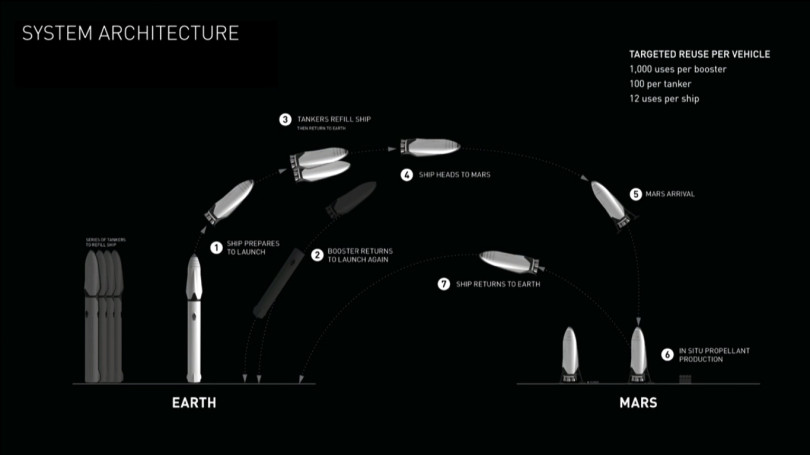Team Solomid (TSM or Solomid Corporation) is an electronic sports organization based in the United States of America. Team Solomid was founded in 2009 by two professional gamers of the multiplayer online game League of Legends. The competitive team, named Team Solomid, was formed in 2011. Electronic sports (eSports) is a form of competition that is facilitated by electronic systems in particularly video games. Like any other big sports organization the value of the TSM brand is determined by its competitive history and the loyalty of their fans. Brand loyalty towards the team and the team’s athletes is what sets TSM apart from all the other eSports teams that are out there.
TSM gains most of its revenue from the sales of merchandise and advertisements. Since the organization does not own any platforms and does not have to maintain large infrastructures of information systems their costs consist mostly of player salaries. As expected IT plays a very big role in eSports, not only do they play the game on an online platform, their biggest revenue streams come from online advertisement and streaming. By using only a computer TSM is able to keep the business operations going. After examining the IT strategy of TSM we have found an emerging trend in technology that could transform the competitive strategy of the corporation, content creation.
Content creation can be described as the contribution of information to (digital) media for an audience in a specific context. Content creation, especially educational or for entertainment, has become a key part in people’s lives. Examples are the homemade videos and vlogs that are being uploaded and watched on media websites such as YouTube and Facebook. New forms of content creation such as virtual reality and 4D are being issued on new platforms like Oculus Rift, Microsoft’s HoloLens and the HTC Vive. The rise of these new technologies will reshape how content is made and will set a new standard for disruptive marketing.
The vision of our content creation strategy is to be able to engage with and provide value for the fans in more ways than only through the championship games. This will be done by providing more value in the form of video content to fans and game enthusiasts. The mission is to create more quality video content in the form of vlogs, skits, animation series and documentaries. Through this content the company will be able to monetize the fame of their players and generate more exposure and revenue for both its players and TSM. More exposure for the athletes and TSM will lead to a faster increasing and more loyal fan base, which in return will lead to even more revenue. More revenue for the company can help TSM improve the gaming infrastructure and increase salaries. If more teams would follow and invest in content creation and start generating revenue out of it, it will result in a very positive impact on the whole gaming industry in the long run.
Team 68
Ming Li (376565)
Min Heng Lin (336451)
Elisabella Hu (371389)




